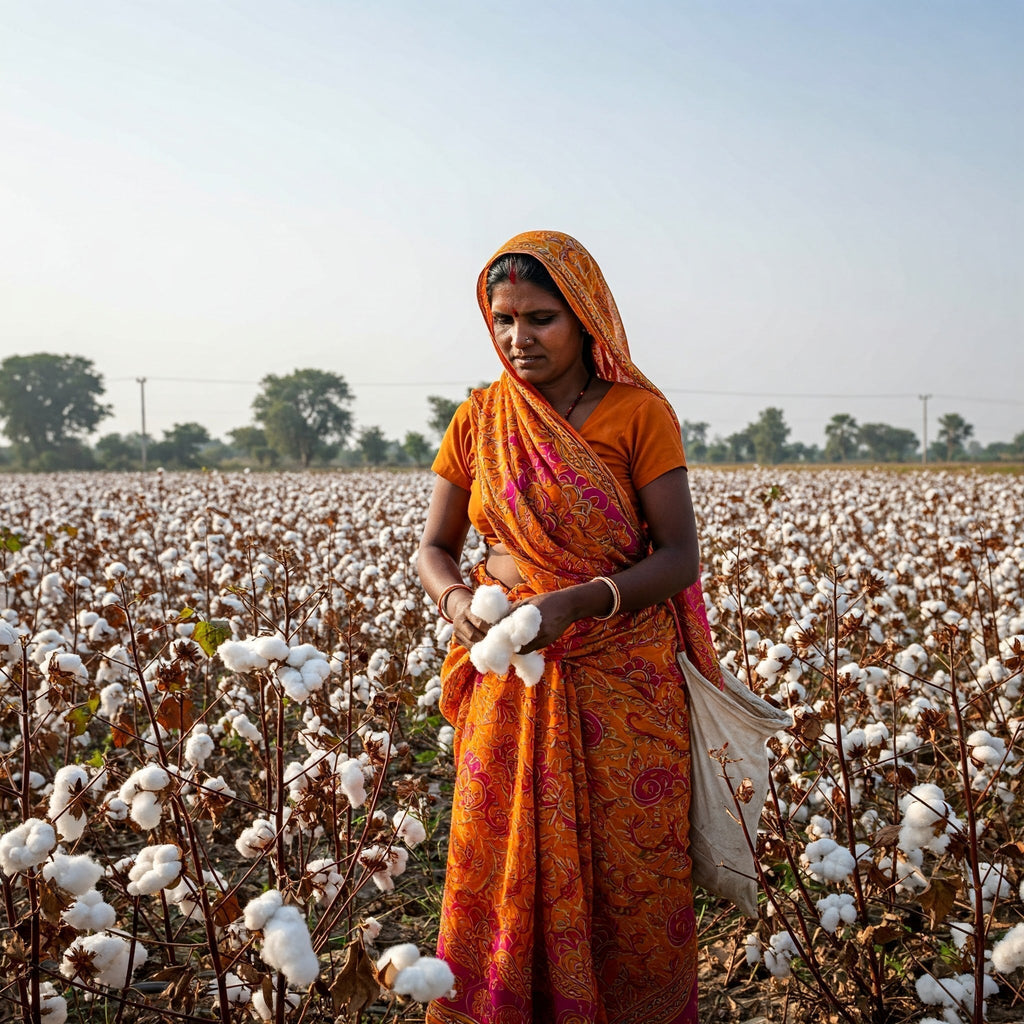
Gen Z vs Fast Fashion: How Young Consumers Are Rewiring the Industry
Cotton, the world’s most widely used natural fiber, is also one of its most ecologically damaging.
Gen Z vs Fast Fashion: How Young Consumers Are Rewiring the Industry
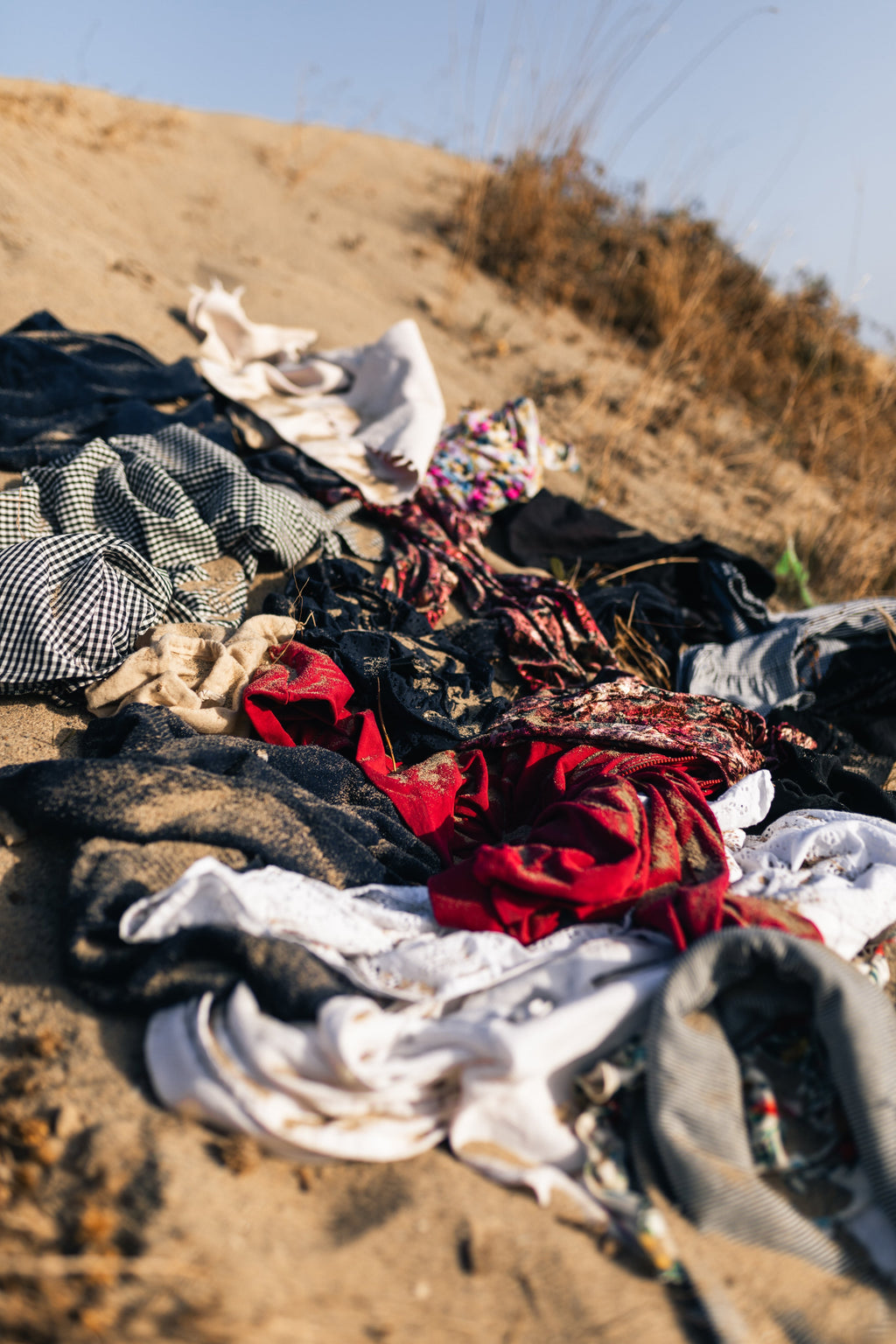
Recycled Fibers: Closing the Loop on Fashion Waste
As the fashion industry grapples with its environmental impact, the idea of a circular economy has become increasingly important.
Recycled Fibers: Closing the Loop on Fashion Waste
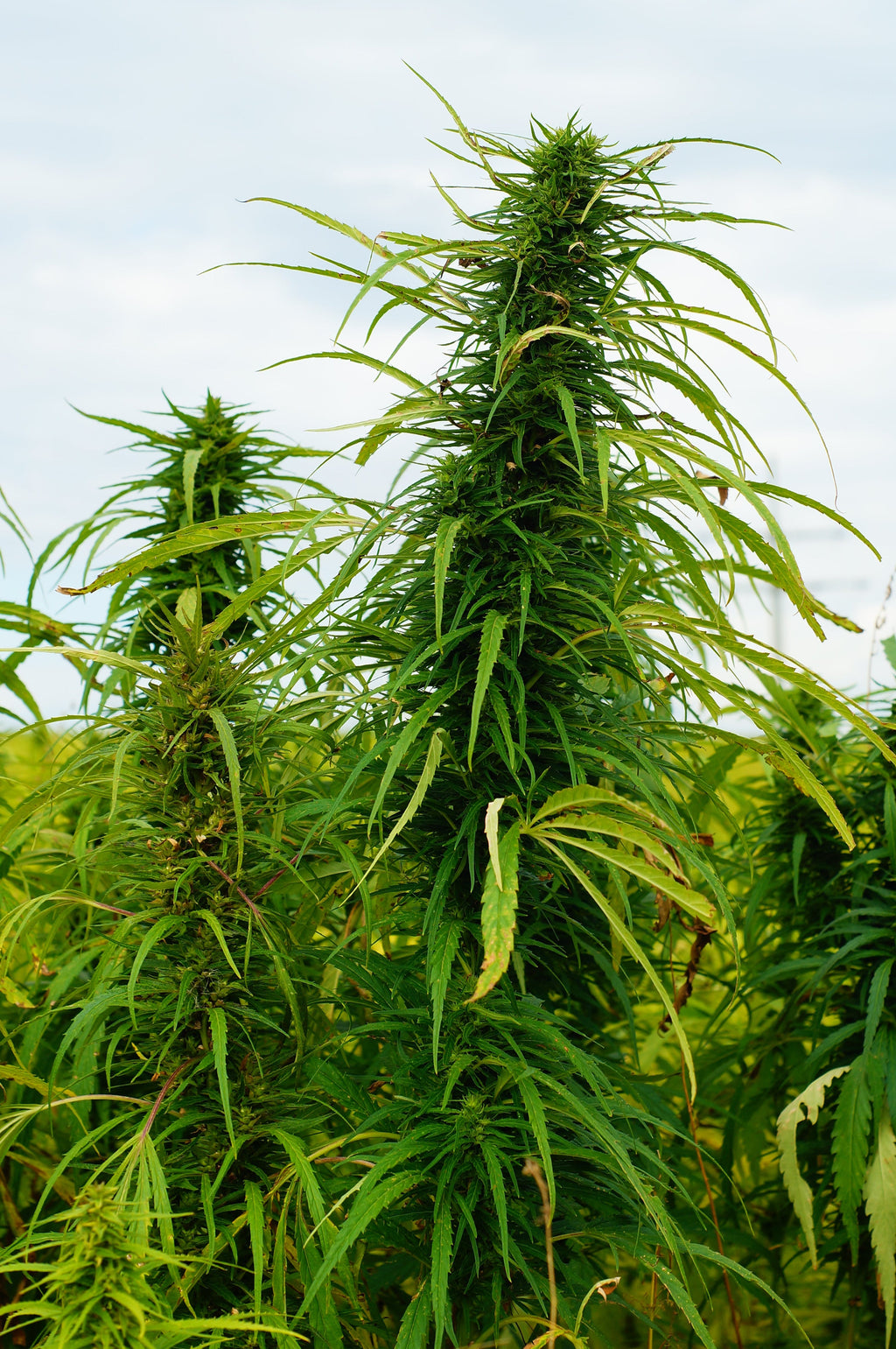
Can Plant-Based Alternatives drive Sustainable Fashion?
What do we mean by "Plant-Based Alternatives"? In the wake of the environmental crisis, the fashion industry is witnessing a transformative shift towards sustainability. Among the many approaches to reduce the environmental impact of fashion, the resurgence of plant-based fibers stands out as a promising solution. While the use of plant-based materials is not new, recent advancements have led to the development of innovative and eco-friendly alternatives to conventional fabrics like cotton and wool. These fibers not only lessen the environmental burden but also offer unique qualities that are both functional and sustainable. From hemp and linen to banana and bamboo...
Can Plant-Based Alternatives drive Sustainable Fashion?

The Hidden Costs of Conventional Fashion Materials
The fashion industry is one of the largest global markets, offering endless choices of fabrics and styles to consumers.
The Hidden Costs of Conventional Fashion Materials
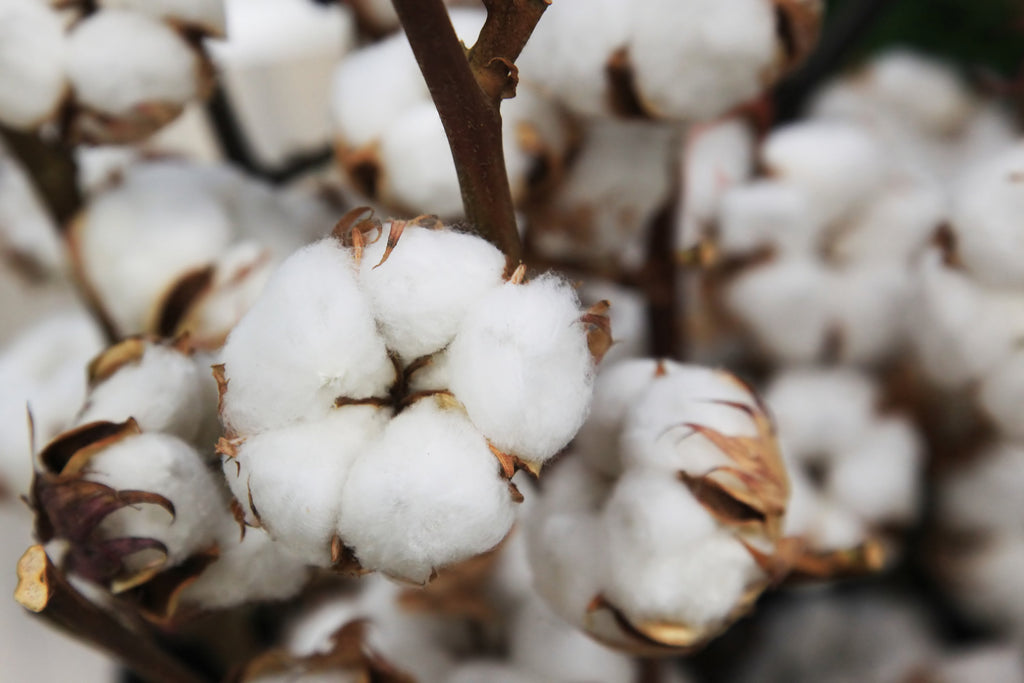
The Rise of Sustainable Fashion
Can Eco-Friendly Apparel be the Future?The fashion industry, a powerhouse of creativity and expression, has long been plagued by the dark side of fast fashion—environmental degradation, unethical labour practices, and an unsustainable cycle of consumption. However, a significant shift is underway, with sustainable fashion rising as the future of the industry. But why is this shift happening, and what does it mean for brands and consumers? The Environmental Impact of Fast Fashion Fast fashion’s rapid production cycles and disposable culture have led to severe environmental consequences. The industry is responsible for around 10% of global carbon emissions, a figure that...
The Rise of Sustainable Fashion
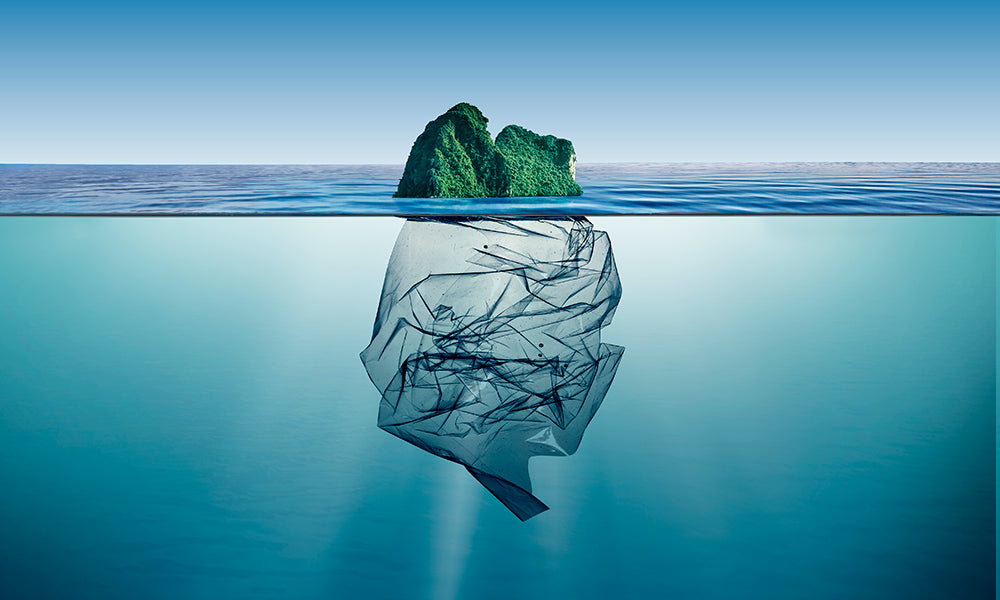
Greenwashing Exposed: How to Identify the Real Deal in Eco-Friendly Products.
Greenwashing has been a big buzzword in sustainability lately, but do you know what exactly this term means? Greenwashing is a marketing strategy used by businesses to come across as more eco-friendly than they actually are. An obvious example of this would be plastic packaging where the design is covered in green leaves. Better yet it might feature ambiguous phrases such as “better for the environment” or “sustainable”, without elaborating on how the product achieves these claims. In this scenario, it might be easy to identify that this is a case of greenwashing, however especially in the fashion industry, it...



